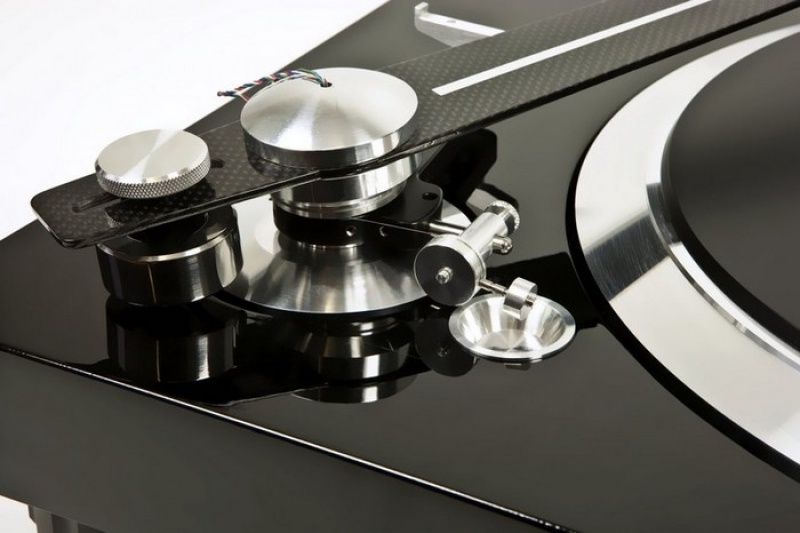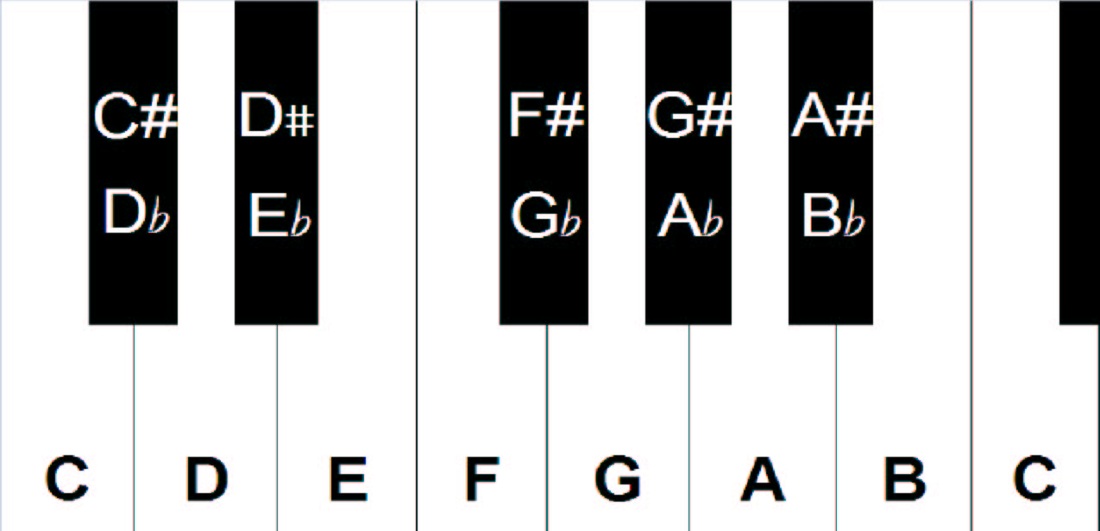

In music theory, note intervals can also be expressed using using a spelling or formula, which mean the same thing. E-double-flat major interval qualities No. are more consonant / less disonant, when played together ( harmonic interval) with, or alongside( melodic interval) the tonic note. The difference between the perfect and major intervals is that perfect interval notes sound more perfect / pleasing to the ear than major intervals - ie. This rule is fixed all major scales in all keys, so you will never see a perfect 3rd or a major 4th interval. So the 1st, 4th, 5th and 8th are always perfect, and the rest are always major.

The interval quality for each note in this major scale is always perfect or major.

The table and piano diagram below show the 8 notes (7 scale major notes + octave note) in the Ebb major scale together with the interval quality for each. This step identifies the interval quality and formula / spelling for each note in the major scale, then identifies the third note of the major scale, and decides whether the interval quality is either perfect or major. The augmented 3rd interval below G is Ebb The diminished 3rd interval below Gbbb is Ebb E-double-flat 3rd inverted intervals Shortģrd intervals below note E-double-flat Intervals below Short This table inverts the above intervals, so that each link in the last column leads to note E-double-flat. Inverted intervals identifying note E-double-flat These intervals are shown below on the treble clef followed by the bass clef. Middle C (midi note 60) is shown with an orange line under the 2nd note on the piano diagram. The Ebb to Gbbb interval is diminished 3rd 3rd intervals above note E-double-flat E-double-flat dim3-min3-maj3-aug3 intervals Short This step shows the E-double-flat third intervals on the piano, treble clef and bass clef.


 0 kommentar(er)
0 kommentar(er)
